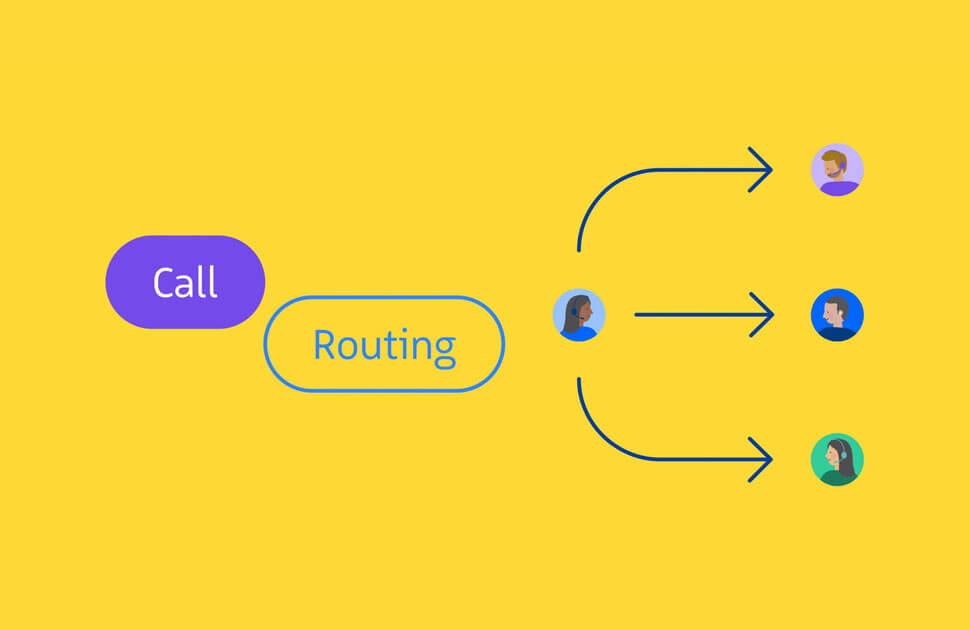The future of work is likely to be hybrid, with more employees wanting flexible work in the wake of the pandemic. Without a doubt, COVID-19 has given us a once-in-a-lifetime opportunity to reinvent the way we work.
For almost 100 years, people have commuted to their workplaces and worked eight hours a day, five days a week, without much objection. But in that time, the entire working world has changed.
Today we use different tools, communicate in different ways and live completely different lifestyles. Companies can now operate and trade across the globe, requiring new ways to share ideas and work collaboratively. And we have also learned much more about human behavior and the various ways we think and act.
Contact Centers Are Evolving
Over the past 20 years, we’ve seen countless innovations and changes in the way call centers operate, the equipment they use, and the services they offer.
Now the pandemic has given us the opportunity to reflect. Closing offices or limiting their capacity and working from home has given us all, especially call centers, time to ask ourselves: are we really working in the best possible way? Or is it time to change?
Now the Industry Is Heading for Its Next Big Change: Hybrid Work
According to Gartner, 45% of the global workforce will work from home two to three days a week by 2022. Nearly one in five will work remotely all the time.
More and more call centers are moving towards hybrid working models. This means that organizations will have to create new policies and workflows to accommodate a more dynamic and geographically dispersed workforce. But the biggest challenge, Gartner warns, will be first coming to a consensus on what hybrid working really is.
What Is Hybrid Work in the Contact Center?
Defining the “rules” and changing the mindset about remote work was the hardest part. For example, some employees were unsure about the differences between hybrid working and flextime, which is more about allowing employees to tailor their work hours to their individual needs. Others were unsure of the business benefits of splitting time between home and office.
Obstacles and Opportunities of Hybrid Work
Gartner defines hybrid work as a strategic work model in which employees and managers can “flow across” locations (for example, the office, home or elsewhere) where it makes the most sense to drive both productivity and engagement.
In a contact center, this means enabling agents to serve users from home or the office, providing maximum flexibility for employees, and maximum satisfaction for customers.
Benefits of Hybrid Work for Call Centers:
- Improved customer experience: Happier agents make happier customers. Giving agents more control over their schedules and work-life balance leads to higher engagement and better customer service.
- Increased availability: Agents can work a wider variety of shifts, including micro shifts, making it easier for supervisors to cover absences, use specialist agents more strategically, and scale up and down to meet seasonal demand.
- Expanding the talent pool: Supervisors can look further and attract more diverse talent, as the physical location of employees becomes less important thanks to cloud solutions, which allow them to perform their work optimally, regardless of the place where they are.
- More inclusive: Some people are more comfortable and productive working from home than in the office, while others prefer the social environment of the office.
Challenges of Hybrid Work for Call Centers:
- Onboarding: It’s more difficult to onboard, train, and build relationships with new agents when they work remotely.
- Management: Managing a team, keeping agents motivated, and sustaining a strong company culture can be challenging, increasing the risk of disengagement and burnout.
- Equipment and environment: Agents must be equipped with certain tools and technology, as well as have reliable Internet access and a quiet space to work.
- Office design: Offices may need to be redesigned to meet the needs of a more dynamic workforce, for example, by adding more collaboration spaces and branded booths for videoconferencing.
- Compliance: It is difficult to ensure that company policies are followed and correct procedures are followed when agents are working remotely.
Test and Redefine the Hybrid-Working Model
Most importantly, as the industry transitions to hybrid work, remember that call centers can be agile.
When the pandemic hit, contact centers had to transition to remote work in just a few days and establish new policies and procedures on the fly. Now, hybrid work can (and should) be treated the same way.
 Subscribe
Subscribe
 Ask for a demo
Ask for a demo

 4 min
4 min
